ZMINA: Rebuilding - Tabačka and Smolník: Slovak and Ukrainian Artists Revive an Old Factory

As part of the month-long residencies organised in Košice at Tabačka, an idea was born for a project that not only breathed new life into an old factory but also strengthened Slovak-Ukrainian artistic collaborations. Under the umbrella of Reimagining Realities, unique works were created in a distinctive space and admired by an unconventional audience. We spoke with the project coordinator, Zuzana Kupcová to learn more.
Tabačka cultural centre serves as a temporary home for people engaged in the arts. Various residency programmes are regularly held here, and not all of them are exclusively for artists—many are open to professionals working in culture, film, and other creative industries.
In 2023, Tabačka announced an open call for month-long residencies, primarily aimed at Ukrainian artists. The goal was to support the art scene in a neighboring country ravaged by war. "One of the applicants was Oleksandra Khalepa from Carbon Art Residence, and we found her particularly interesting because she works with new media," explains Zuzana Kupcová.
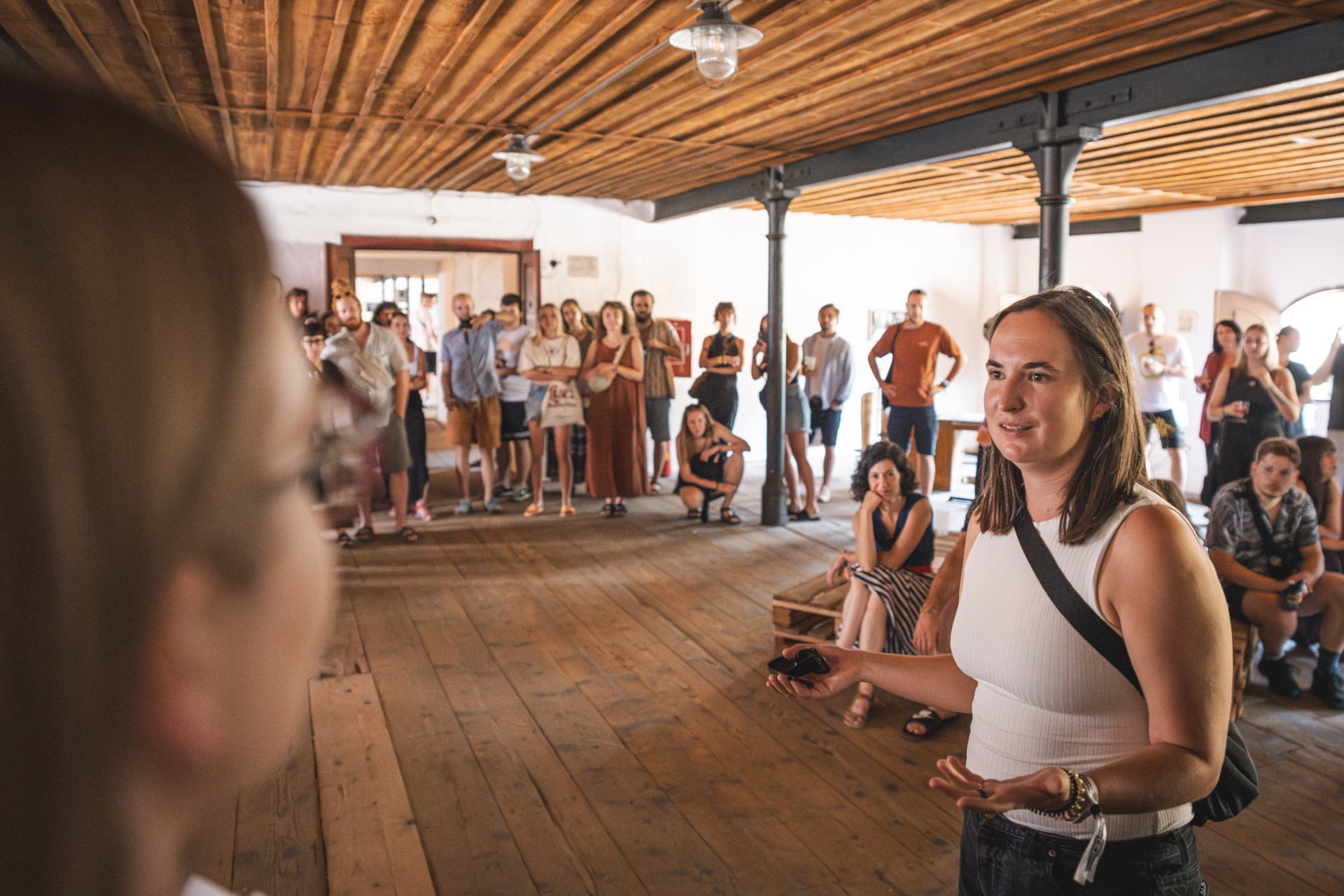
Together with Oleksandra, they explored ways to continue their collaboration and extend it into the following year. "At the same time, we were looking for ways to secure funding for the project. Oleksandra is interested in abandoned industrial spaces and their revitalisation through new media art, which aligns closely with Tabačka's mission, as it is itself a repurposed industrial space," says Zuzana. The name of the cultural centre—Tabačka is derived from the former purpose of the building, which used to be a tobacco factory.
Oleksandra's residency took place in September 2023, coinciding with the completion of the first edition of the 66 Hours festival, organised by Tabačka. "The festival is held in a former tobacco factory in Smolník—another industrial space—which we saw as an exciting connection. We started considering the idea of creating something new for the next edition of the festival," Zuzana recalls the beginnings of what would later become Reimagining Realities.
Gradually, the concept of inviting Ukrainian artists and fostering collaboration with their Slovak counterparts took shape. Zuzana and Oleksandra also sought a connection with the residency space itself. "Since Tabačka has a strong focus on performing arts, we decided to organise a group residency dedicated to new media, performance, dance, and theatre. The goal was to create site-specific works for the festival," says Zuzana.
Once the project was conceptualized, the next challenge was funding. Zuzana Kupcová admits that the ZMINA: Rebuilding programme's grant call perfectly matched their vision. "It was a complete coincidence. Thanks to that, writing the project proposal was incredibly smooth—Oleksandra and I spent a month in Košice, where we meticulously planned every detail. Moreover, the grant fits not only thematically but also in terms of timing with the festival," explains Zuzana Kupcová, the project curator and coordinator.
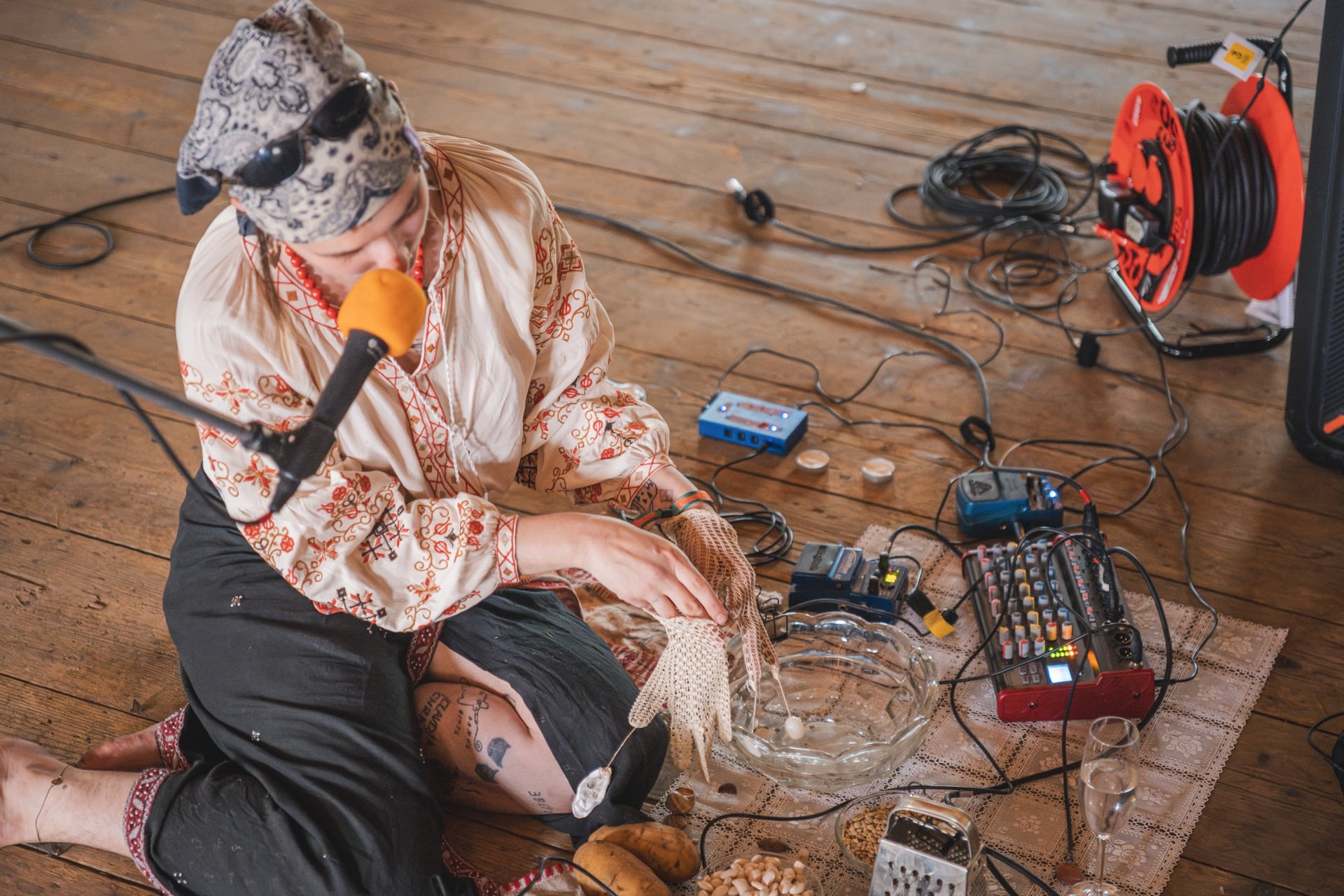
Oleksandra was in Košice for her residency in September, the open call was published in October, and the project was submitted in November 2023. It was approved, bringing great joy—especially since, as Zuzana herself puts it, “our plan wasn’t small; we were counting on ten artists!” Thanks to the financial support, the project was carried out on a relatively large scale. “The result was 14 works created specifically for the festival, all of which were tailored to the unique space,” reveals Zuzana, who was actively involved in the project.
The coordinator adds that this stroke of luck and perfect timing likely contributed to the application’s success. “We didn’t have to come up with everything at the last minute, as the call wasn’t open for too long. We hadn’t heard of this funding scheme before, but we approached it with the mindset of first figuring out what we wanted to do and then dealing with the finances. In the end, everything aligned perfectly, which was amazing.”
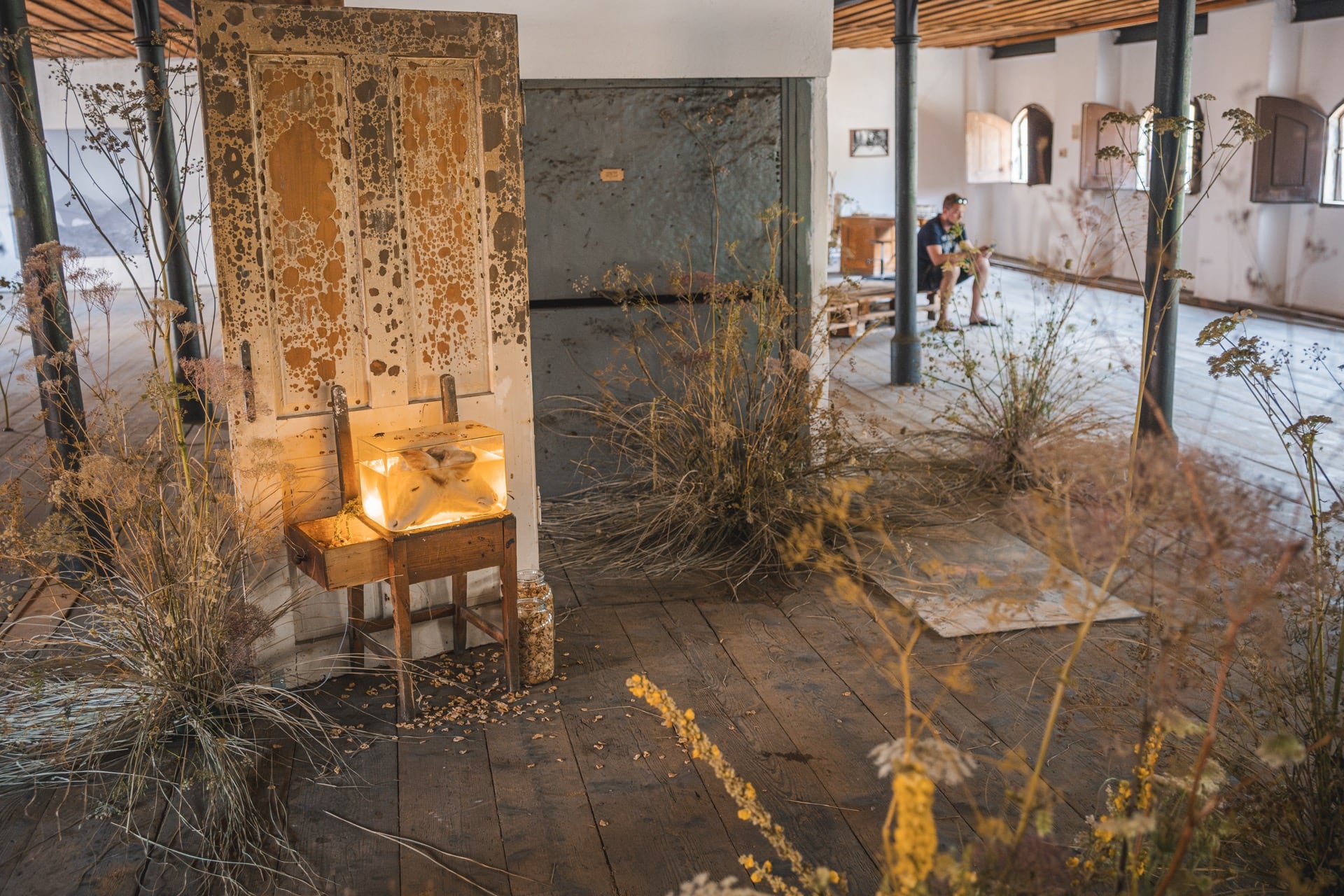
Why the name Reimagining Realities? The answer is as complex and abstract as it is concrete. “We worked with the concept of utopias and future reconstruction, focusing on different themes related to potential realities,” says Zuzana, adding:
“We wanted to reflect on how we can envision different future scenarios—whether in a positive utopian sense or a more negative one—while considering the reality we currently live in. We explored issues like war, resilience to war and crises, as well as changes linked to the climate crisis—a topic I personally focus on.”
One of the first topics Zuzana and Oleksandra explored was the relationship between people, nature, and the planet. As curators, they also addressed a somewhat overlooked issue—the impact of war on climate change. However, the organisers did not strictly define the topics for the artists. “We didn’t want to impose rigid boundaries that mightlimit their creative expression. Instead, we framed it loosely: let’s talk about contemporary crises and challenges shaping our vision of the future and how we engage with them.”
The residency lasted two weeks in May, with the artists alternating their time between Smolník and Tabačka in Košice. In Smolník, where the 66 Hours festival takes place and where the artworks were ultimately exhibited, the artists had access to equipment and worked in a space that was gradually being revitalised. Technical resources, including electricity, were only installed shortly before the festival.
However, the two-week artistic residency wasn’t just about creating work at the Smolník factory. The artists were also given various opportunities to familiarise themselves with the surroundings and the history of the site where they would be exhibiting. The organisers aimed to provide as much information as possible about the site. One of the activities during their stay in Smolník was a guided tour of the local mine, as well as a visit to the nearby tajch (a historical artificial water reservoir) close to the factory.
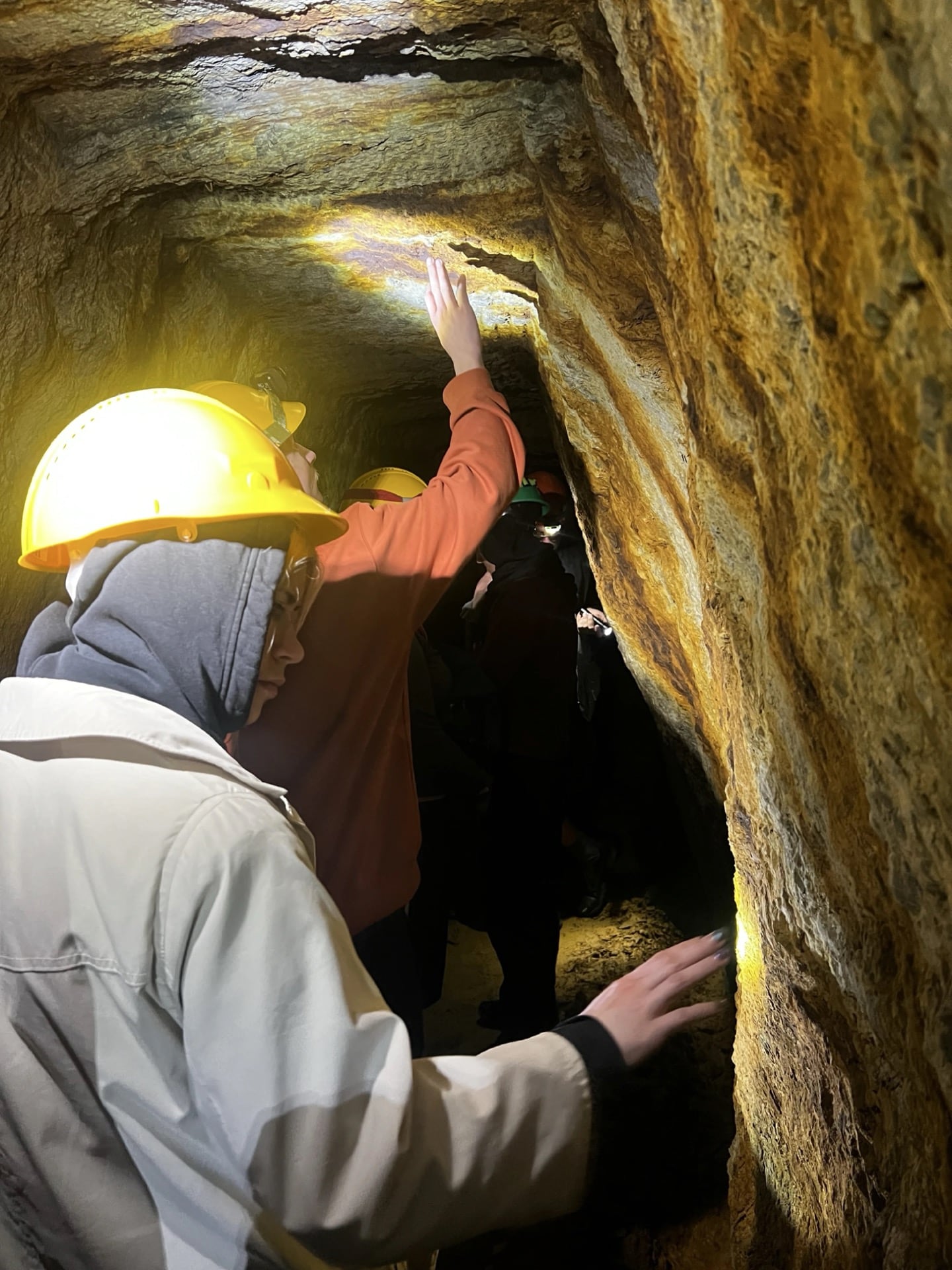
The residency also included time spent in Tabačka, where various brainstorming sessions took place. Here, the artists discussed their ideas and creative approaches. The organisers encouraged them to work on collaborative projects rather than just individual ones. Making connections between artists who didn’t know each other before, all within a limited timeframe and while tackling complex themes, was not an easy task, according to Zuzana.
"Despite the challenges, we were able to create meaningful collaborations that wouldn’t have happened without this residency. Before the festival, the artists had ten days to finalise their works on site. Asthe festival took place in July, they had about three weeks to work on their projects—editing videos, composing music, and refining their concepts. Many of them also used the two months between the residency and the festival to collaborate remotely, both among themselves and with the production team in Tabačka. In the end, they managed to complete everything in time for the festival, which was truly a major challenge."
The project involved five Slovak and five Ukrainian artists. According to Zuzana, this mix was particularly interesting because it enriched the collaboration with diverse perspectives and experiences from both countries. The Ukrainian artists, in particular, brought a strong sense of motivation, closely tied to the current situation in their homeland.
What was the application process like? "More than 40 artists applied for the open call, with the vast majority coming from Ukraine," says Zuzana, adding that this number did not surprise them at all. The ongoing situation in Ukraine has pushed many artists to seek opportunities abroad. "For them, residencies like this offer a chance to continue their work in a safe environment and to establish new collaborations," she explains.
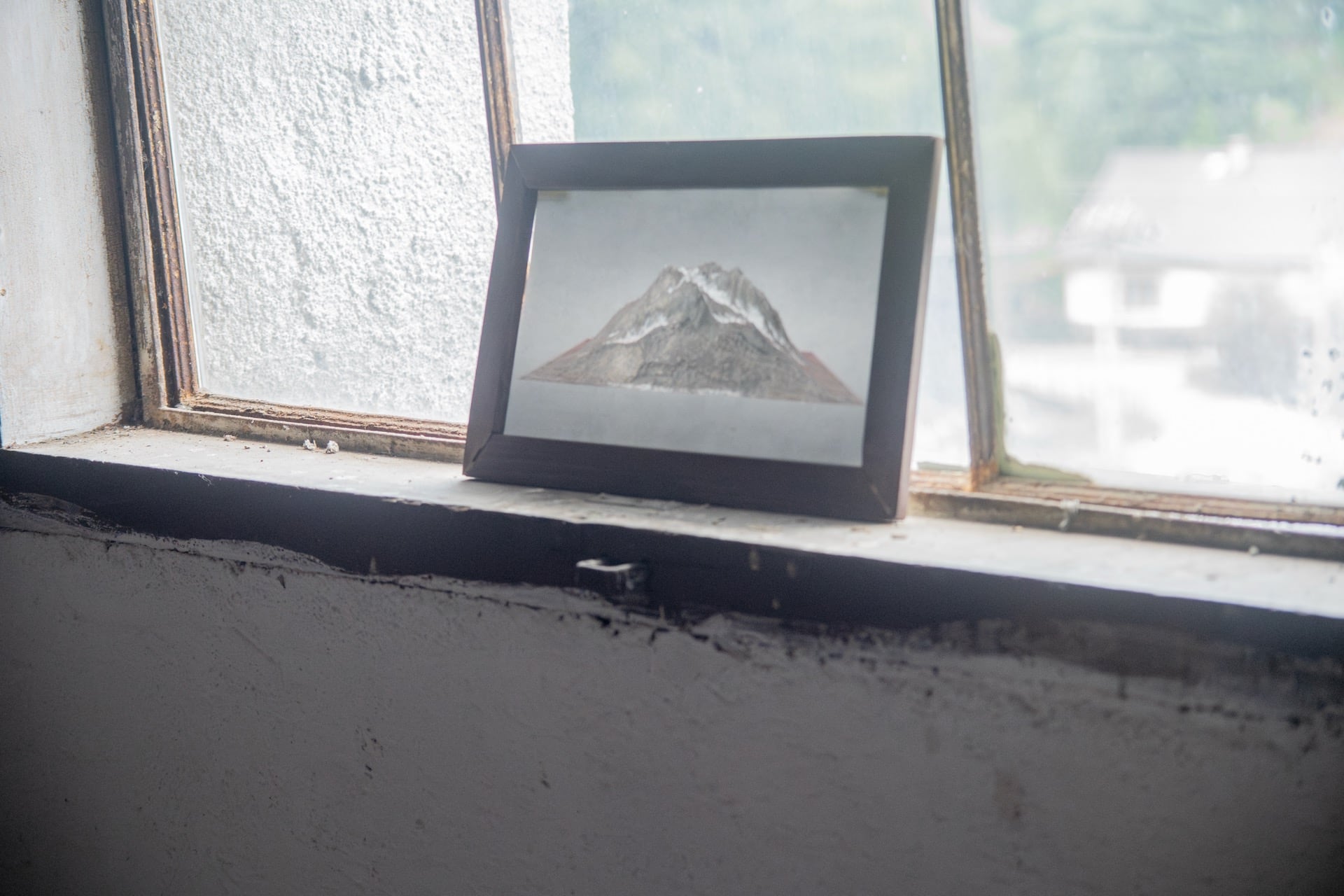
On the other hand, Slovak artists did not feel the same level of urgency or need to participate in such projects at that time. As a result, the organisers had to be much more proactive in reaching out to them.
Some artists worked on their projects individually, but there were also several collaborations. "Some participants had known each other for years and decided to work together again, while others met for the first time and spontaneously formed new partnerships. We wanted to give them complete creative freedom, allowing collaboration to develop organically without imposing strict boundaries. However, we ensured support throughout the process, especially from our technical and production teams. We also organised presentations of the artists' proposals so that they could receive feedback, mainly regarding the feasibility of their works," Zuzana explains.
The main limitations stemmed from the project’s budget. Not all ideas were feasible, and the number of artworks had to be limited. Some concepts were ruled out due to high production costs or because they would consume resources needed for other projects. "However, the artists were flexible and adapted their visions to fit the available conditions," says Zuzana, reflecting on the feedback from the residents.
The project coordinator adds that there were no major surprises on-site. The biggest challenge was the fact that each artist had a distinct, individual style.
"These differences in creative approaches—whether in pace, methodology, or artistic vision—required adaptability and a willingness to adjust in order to create a productive and harmonious process. In the end, these challenges contributed to a valuable creative experience and often led to fascinating fusions of different artistic perspectives," noted Zuzana.
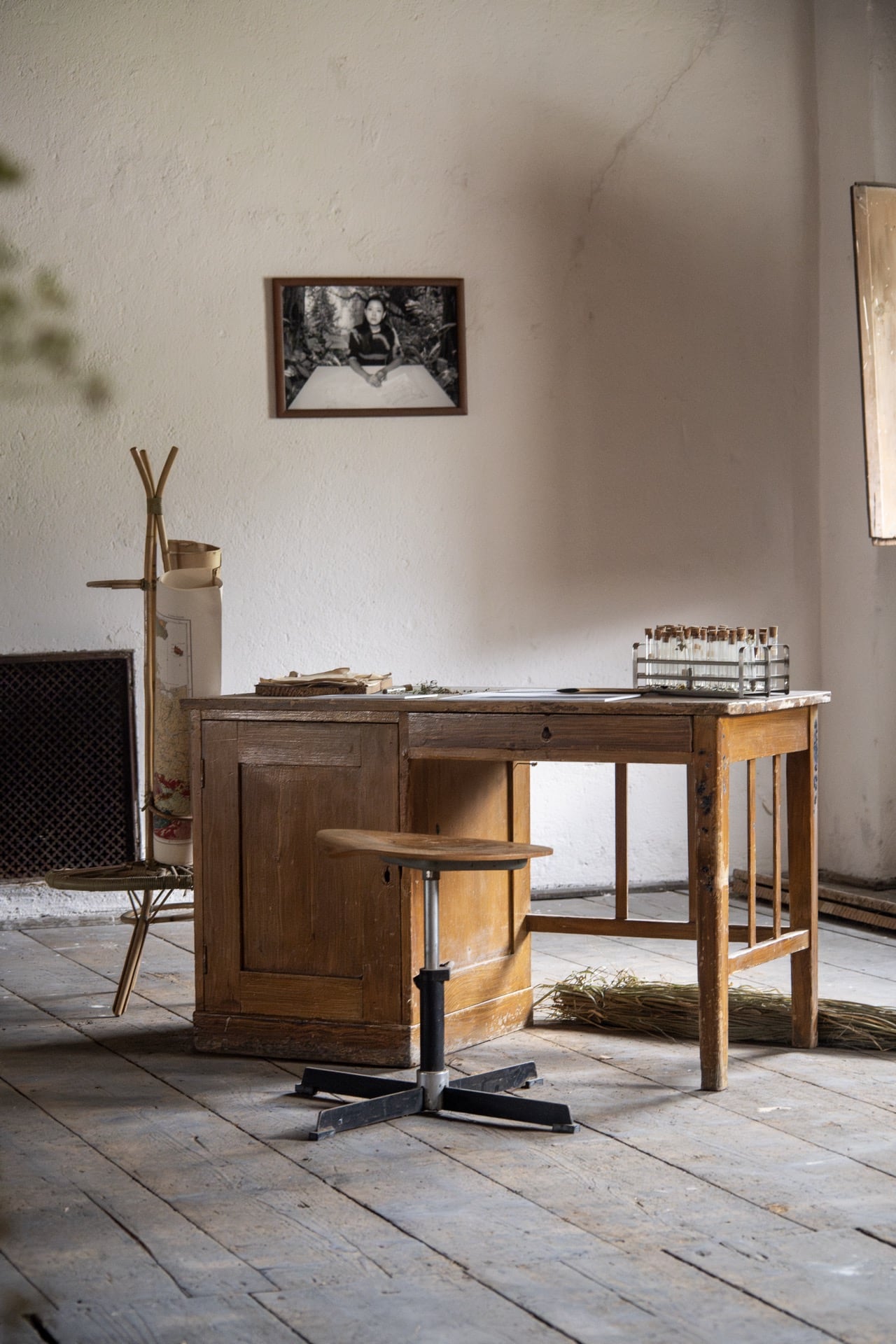
Many artists were pleased with how the process unfolded and greatly enjoyed the festival's atmosphere. "66 Hours had a truly unique charm—not just for the artists, but also for the audience, who were very engaged and open-minded. The festival attracted people eager to experience something different, which added even more value to the overall experience," Zuzana reveals. She emphasizes that some works were quite unexpected and placed in unconventional locations, which is not something the typical festival audience is used to.
Exhibiting the artworks presented additional challenges, as Zuzana explains from her experience on the ground. "For some artists, this setting was more challenging than a traditional gallery or theatre performance. However, we encountered great openness from the artists, who knew what they were signing up for and approached the process with enthusiasm and flexibility. This played a huge part in making the project successful and culminating in an unforgettable festival," she explains.
A truly unconventional visual experience awaited the audience. According to Zuzana, placing the artworks in different corners of the factory added a distinctive atmosphere to the whole event. "The audience really enjoyed these pieces. They were incredibly diverse, not only in content but also in their location. From an artwork displayed on the factory roof, offering a unique view and ambience, to those hidden in small chambers and corners, creating a sense of intimacy and mystery. This diversity showcased the artists’ creativity, while also providing the audience with an engaging and unusual journey through an unfamiliar industrial space," she describes.
One of the aims of the Reimagining Realities project, as well as the 66 Hours festival, is to revitalise the town of Smolník, where the event takes place. Zuzana Kupcová says that while it is still too early to assess the festival's long-term impact on the town’s revival, she sees positive trends. The local community is gradually embracing the festival as an integral part of their lives. While it sparks various discussions and challenges among residents, there is also strong support from the municipality to continue hosting the festival, as they recognise its potential to attract new visitors and energize the community.

Zuzana also highlights the importance of involving local residents in the festival. One example is a project by Zuzana Psotková during the festival’s first edition, which focused on women who had previously worked in the factory. This photographic project, combined with video portraits and interviews, created a powerful emotional moment when these women visited the festival with their families and friends to see the exhibition. Suddenly, they became the stars of the event, encouraging local people to engage with them in a new way.
"This kind of interaction between artists and the local community helps to build genuine and meaningful connections. It not only strengthens the town’s social fabric but also inspires more people to attend the festival," Zuzana concludes.
Author: Ján Janočko
ZMINA: Rebuilding is a project co-funded by the EU Creative Europe Programme under a dedicated call for proposals to support Ukrainian displaced people and the Ukrainian Cultural and Creative Sectors. The project is a cooperation between IZOLYATSIA (UA), Trans Europe Halles (SE) and Malý Berlín (SK).